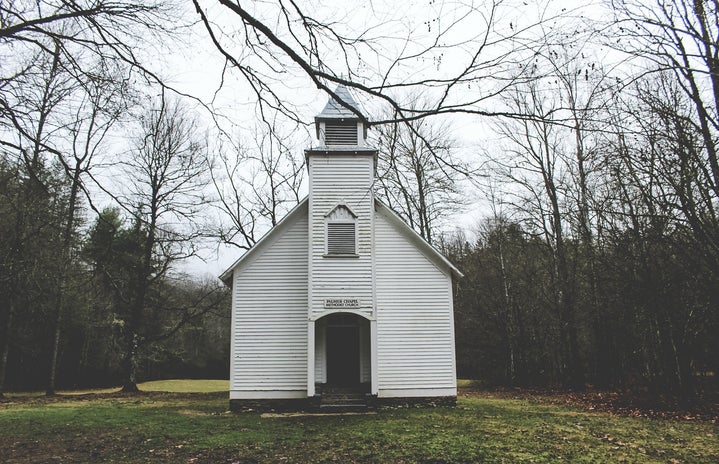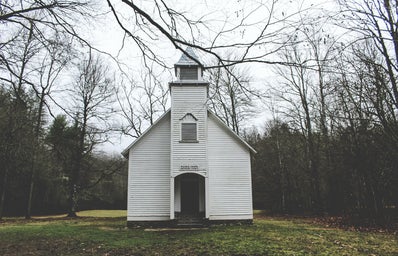If you’ve browsed Netflix recently, you may have seen a familiar face. Tom Holland playing someone that isn’t Spider-Man? Robert Pattinson isn’t a vampire? Bill Skarsgård isn’t a clown? It intrigued me to click on this movie, and it instantly became a favourite. A spoiler-free recommendation is below, encouraging you to drop your readings and practice questions for just a second (or two hours, whatever sounds the least like some casual procrastination).
The film starts off with a map and the narrator explaining the ensemble cast. All characters shown in this movie tie together, yet it is unclear why until the twist-filled ending. Starting from World War Two and concluding in the mid-1960s, the twenty year span of the movie shows the shift from post-war pop culture to the small town Americana of the 50s and 60s through the characters’ mannerisms. We see the growth of characters both physically and metaphorically, which is a lovely way of showing why the characters act towards others.
The Gothic genre is very prevalent throughout the film, making it a nice spooky movie without the traditional horror characters. Frequent imagery includes small towns, isolation, forests, and post-war trauma. The producers lay out these themes similar to a perfume or wine, with top and base notes that may need close viewing to fully grasp.
While I don’t want to spoil the ending, I can say that the ending opened the opportunity for a further storyline in a sequel, but still gave a sufficient conclusion if one doesn’t arise. The next move will be to read the novel with the same name by Donald Jay Pollock, who also served as the narrator for the film. Have you already watched The Devil All The Time? Let us know what you thought in the comments!



